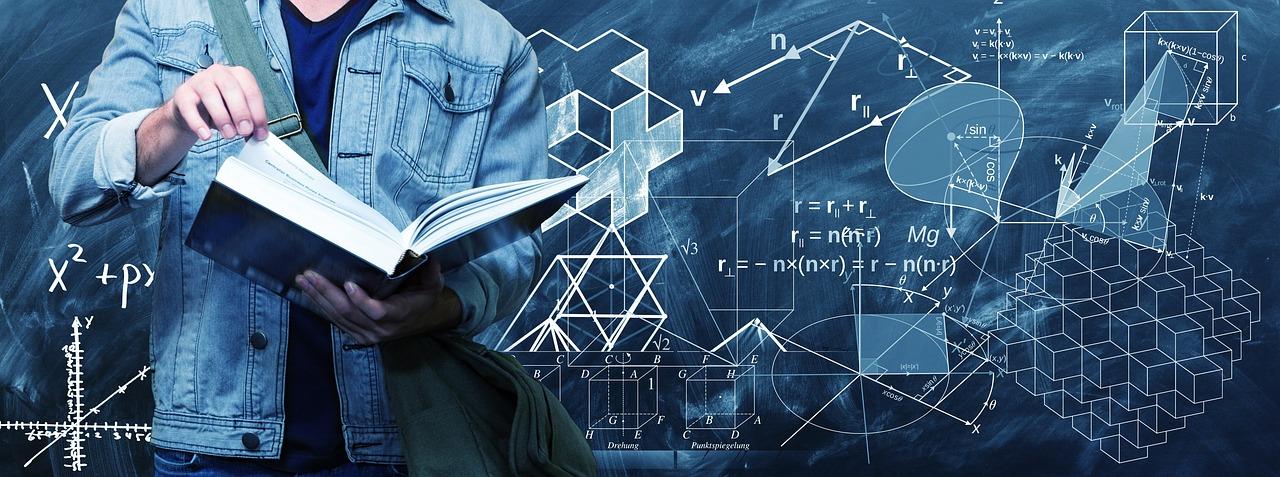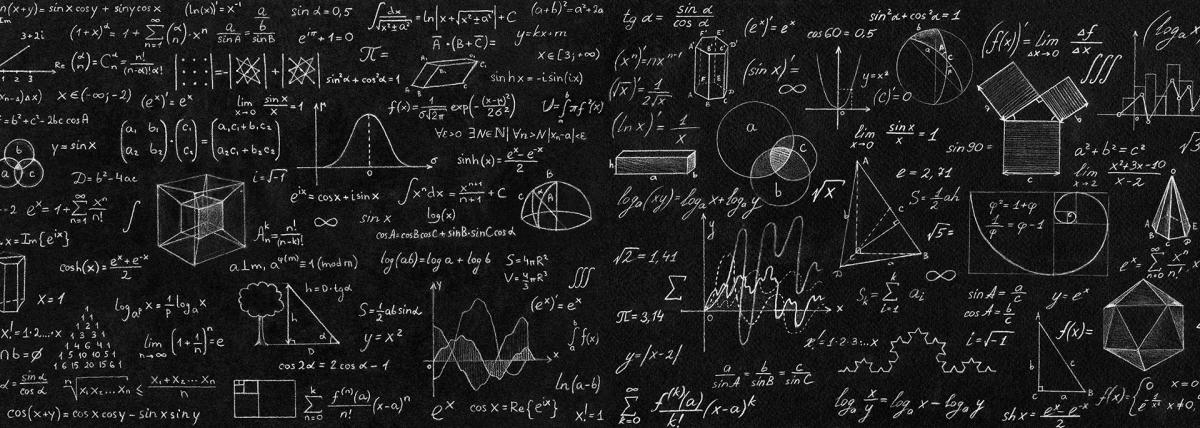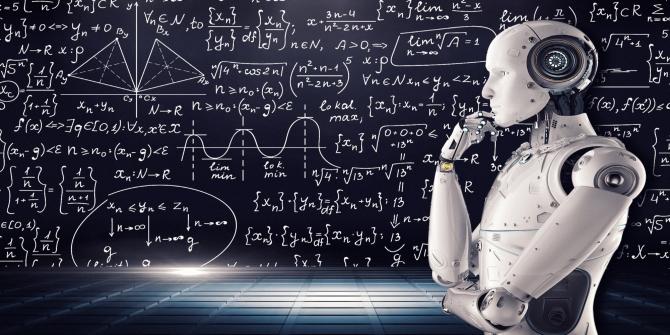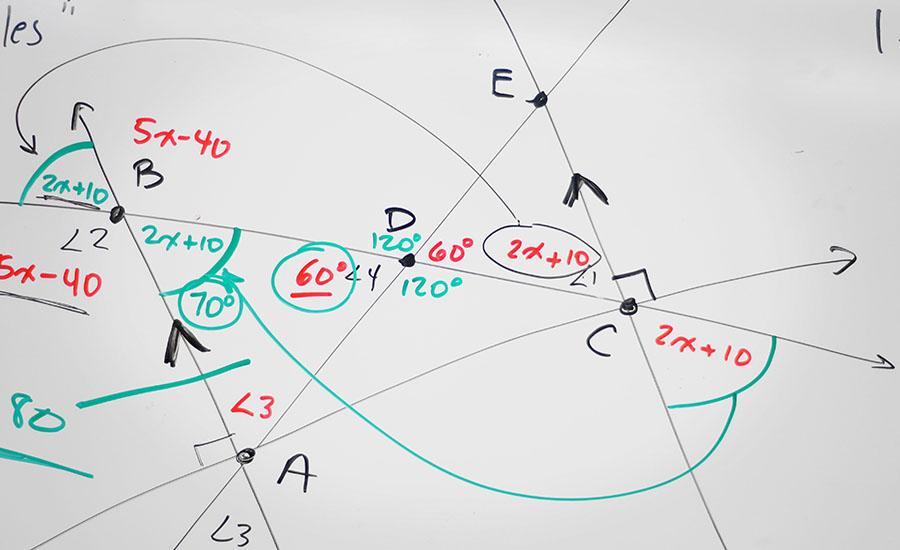
Tantalizing Tessellations
by Kari Sjursen
What is a tessellation? How do you know if an image is a tessellation, truly? In this lesson, 4th grade students will engage in an examination of images to identify whether or not they are tessellations using three big questions: Is there a pattern of identical shapes repeating over a flat surface? Do the shapes fit together without any gaps? Do the shapes fit together without overlapping? Once they have confirmed that a tessellation is, indeed, taking place, they will then learn to identify what type of transformation is occuring within the tessellation.
Lesson Grade Level
4th GradeLesson Plan Link/URL
https://docs.google.com/presentation/d/1NGwrkFsDmyYpU_DdsdIN7Z3tYqbbiJDj/edit?u…Subject Area
Technology 1. Empowered Learner Mathematics Operations and Algebraic Thinking (OA) Geometry (G)
Featured
Off
Related Content

Grades:
9th Grade, 10th Grade
Students will discover the relationship between mass and volume in relation to density through an inquiry lab. Students will take mass and volume data of several different solid substances and compare

Grades:
1st Grade
Students will learn how robots help complete repetitive tasks for humans. Robots use a series of steps that are programed into their circuits. It must be done systematically and include each step, in

Grades:
2nd Grade
In this hands-on lesson, students will use technology (or paper/ pencil) to create a monster using specific polygons. They will measure and describe their monster to a partner who will then re-create